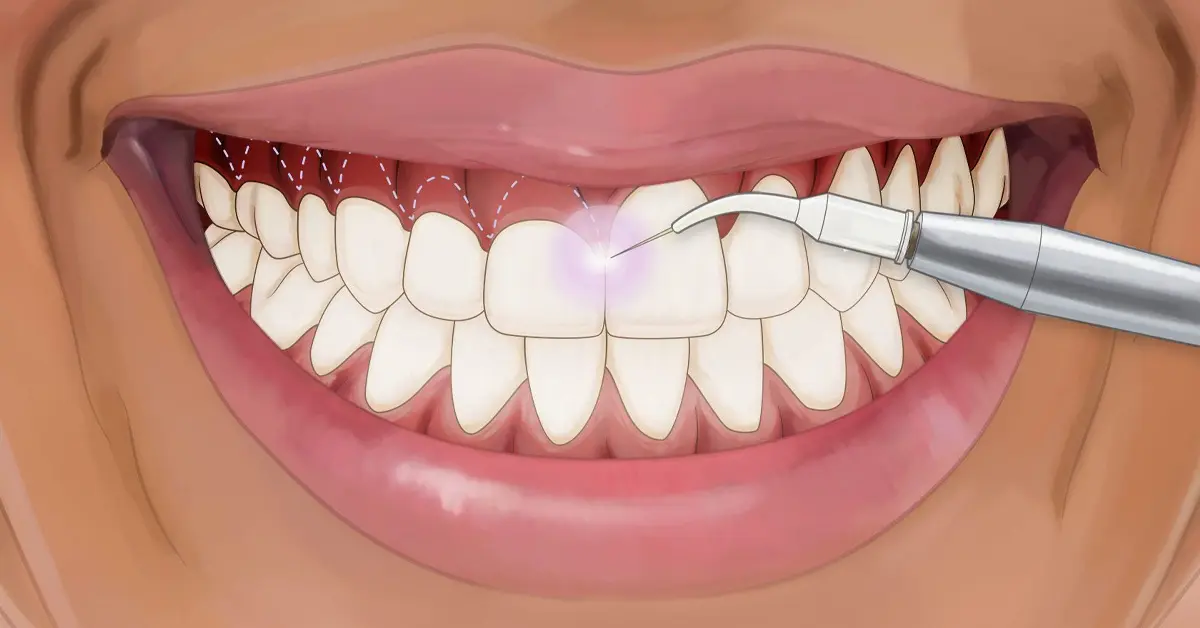Table of Contents
ToggleGummy smile treatment is the general term for modern, personalized approaches that aim to reduce the excessive visibility of gums when smiling. This content clearly explains the causes of the problem, the diagnostic process, and current solutions. It summarizes step by step which techniques are used, how the process progresses, and how long-lasting the results are.
There is a wide range of options, from botulinum toxin injections to gum reshaping, orthodontics, and upper jaw surgery. Each method has different indications, advantages, and limitations. The goal is to achieve a natural-looking facial aesthetics and smile harmony. Below, you will find short, understandable, and clinically accurate answers to frequently asked questions about gummy smiles and gummy smile treatment. Examination, photographs, and measurement analyses play a critical role in making a decision.
What is a gummy smile? What causes it?
A gummy smile is defined as the gums being visible by more than 2 millimeters when smiling. The causes are varied. The upper lip may be hyperactive. The upper jaw may be overdeveloped vertically. The teeth may appear short due to wear, or the gum levels may be high. Orthodontic irregularities may accompany the condition. Certain medications or genetic factors may also play a role.
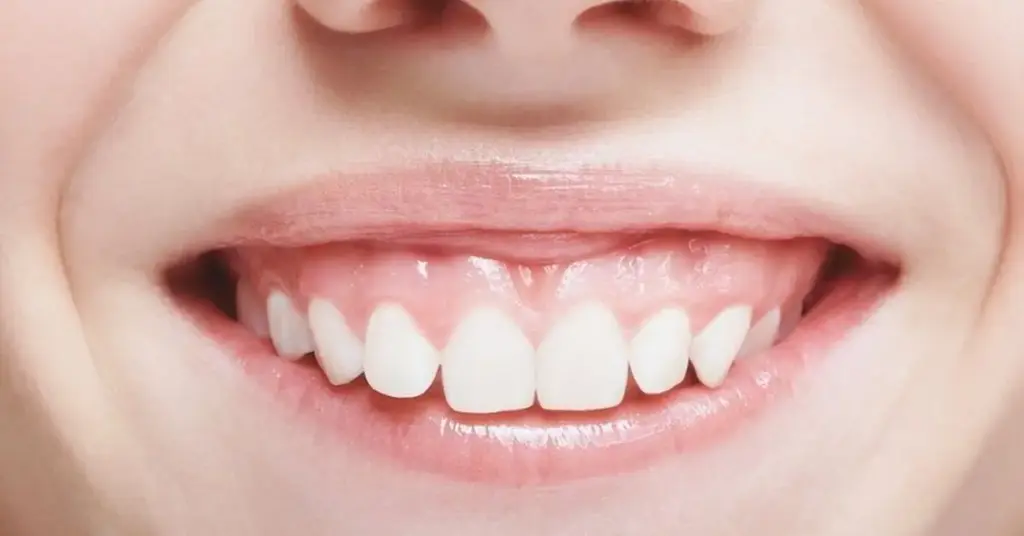
The diagnosis is not merely an aesthetic assessment. Lip movement, gum biotype, and maxillary proportions are evaluated together. This allows the source of the problem to be identified and an appropriate plan to be selected. The goal is to bring the harmony of the teeth, gums, and lips within natural limits. Clinical photographs, smile height measurements, and panoramic images support this stage. It is not recommended to start treatment before the assessment is clear.
- Common factors: hyperactive lip, vertical maxillary excess
- Accompanying conditions: short clinical crown, gum overgrowth
- Assessment tools: photos, measurements, X-rays
- Goal: a natural, balanced smile line
Options for gummy smile treatment
Gummy smile treatment is selected based on the source of the problem. Botulinum toxin injections are a temporary and quick solution for hyperactive upper lips. Lip repositioning surgery provides a more permanent effect by restricting lip movement during smiling. Gingivectomy or gingivoplasty is performed for excessively visible gum levels. If the crown length of the teeth is short, a crown lengthening procedure is performed. Orthognathic surgery is considered for an excessively developed upper jaw in the vertical direction.
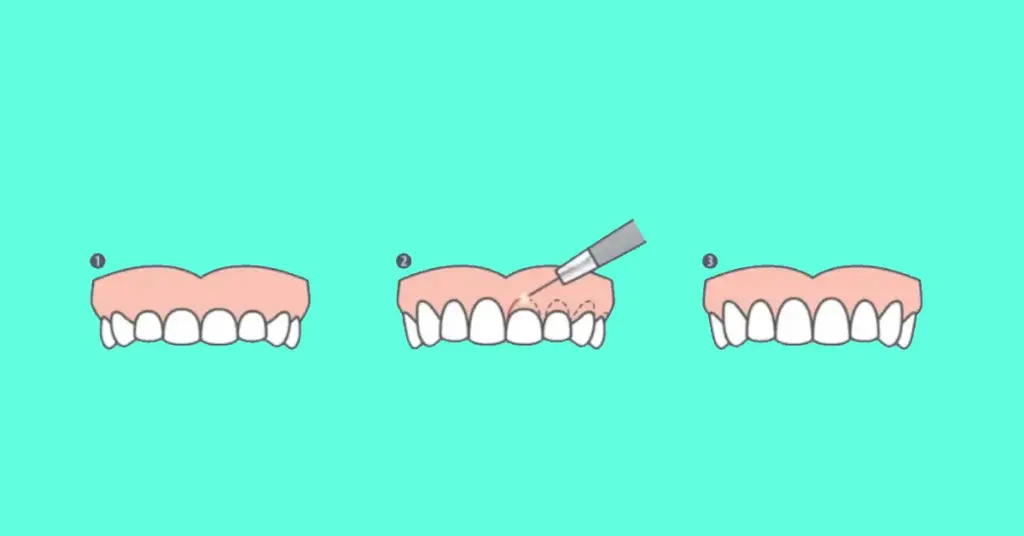
Orthodontic treatment reduces accompanying problems by regulating tooth and occlusion relationships. In some cases, a combination of several methods is required. The choice is personalized, taking into account the facial profile, expectations, and tissue limitations. The clinician can visually explain the possibilities to the patient by designing a virtual smile using photographs and measurements.
- Minimal intervention: botulinum toxin, gingivoplasty
- Moderate intervention: lip repositioning, crown lengthening
- Comprehensive intervention: orthognathic surgery, orthodontic combination
- Combined methods: case-based planning
Who is a suitable candidate? Preliminary evaluation
Selecting suitable candidates is fundamental to treatment success. During the initial examination, general health, medication use, and tissue healing capacity are assessed. If gum inflammation is present, periodontal treatment is performed first. Lip movement is observed on video. Dynamic and forced smiles are evaluated separately. Gum thickness and papilla filling are noted. Tooth lengths and proportions are measured. Photographs, X-rays, and sometimes maxillary tomography support planning.
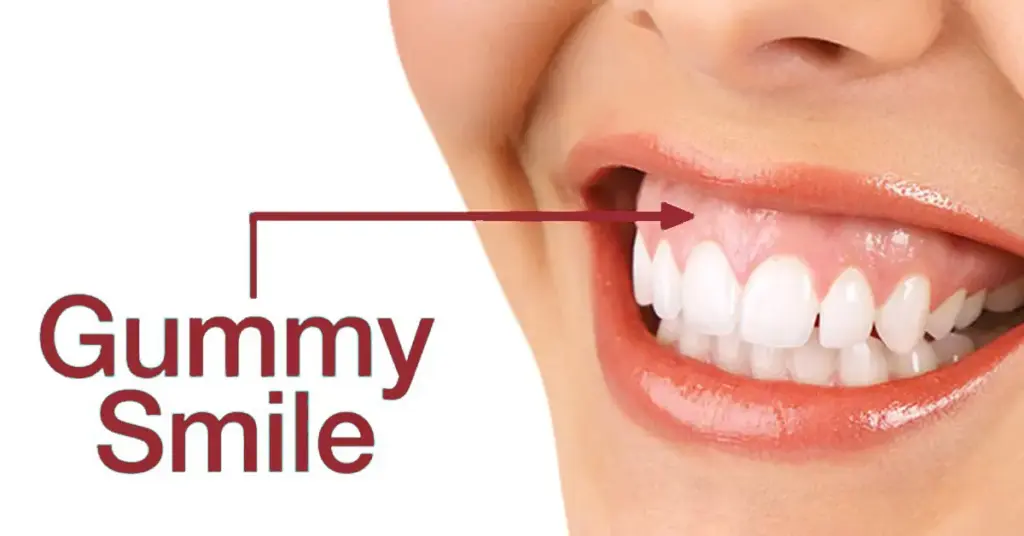
Aesthetic expectations should be realistic. Temporary and permanent options are presented to the patient transparently. In deciding on a gummy smile and gummy smile treatment, minimal intervention is prioritized. Post-treatment care requirements are also discussed upfront. This reduces surprises and increases satisfaction. Photographic case examples provide a realistic framework for the range of results.
- Prerequisites: healthy gums, good oral hygiene
- Analyses: photos, measurements, X-rays, CT if necessary
- Expectation management: temporary vs. permanent options
- Priority: maximum benefit with minimum intervention
Treatment process: step by step
The process begins with diagnosis. First, cleaning and gum health are stabilized. If necessary, measurements and mock-ups are prepared. If botulinum toxin is planned, muscle activity is reduced with low-dose injections. The effect appears within a few days. Gingivectomy or gingivoplasty is performed under local anesthesia. Tissue healing is usually rapid. If crown lengthening is necessary, the bone contour can also be shaped.
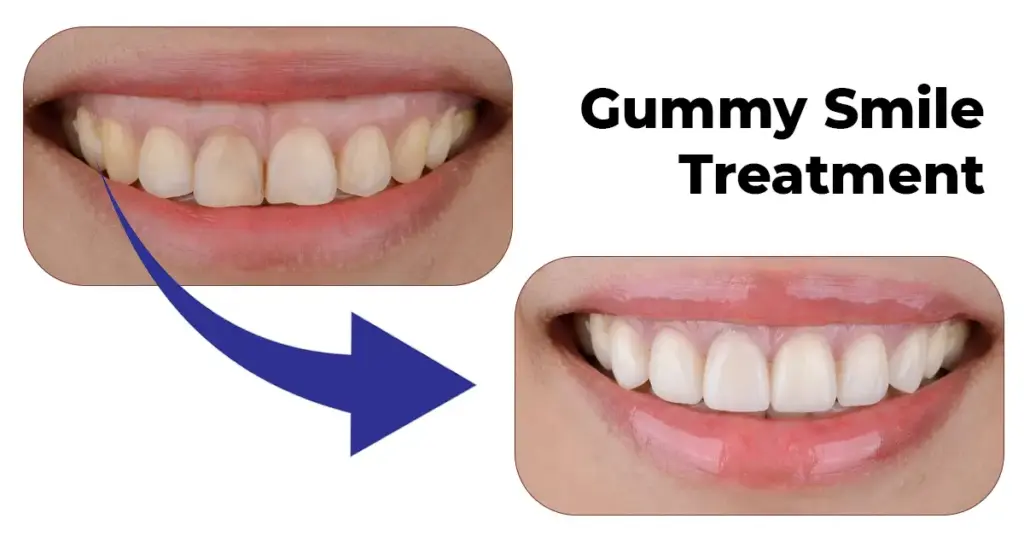
Transparent aligners or braces are used in the orthodontic plan. In cases of surgical indication, 3D planning is performed and the procedure is carried out in a hospital setting. Photography and feedback are obtained at every step. The goal is a measured correction and a natural smile curve. With temporary shaping, the patient can visualize the desired appearance before the treatment is complete. All stages are supported by written consent and detailed care instructions. Follow-up appointments ensure healing and aesthetic harmony.
- Preparation: hygiene, scaling, mock-up
- Application: toxin, gingivoplasty, crown lengthening, orthodontics
- If surgical: 3D planning, hospital conditions
- Follow-up: photos, feedback, check-ups
Risks, side effects, and safety
As with any medical intervention, gummy smile treatment carries some risks. Temporary asymmetry or speech changes may occur with botulinum toxin. Sensitivity, bleeding, and temporary recession may occur with gum surgery. Tooth sensitivity may increase with crown lengthening. Orthognathic surgery is a larger operation and carries general surgical risks.
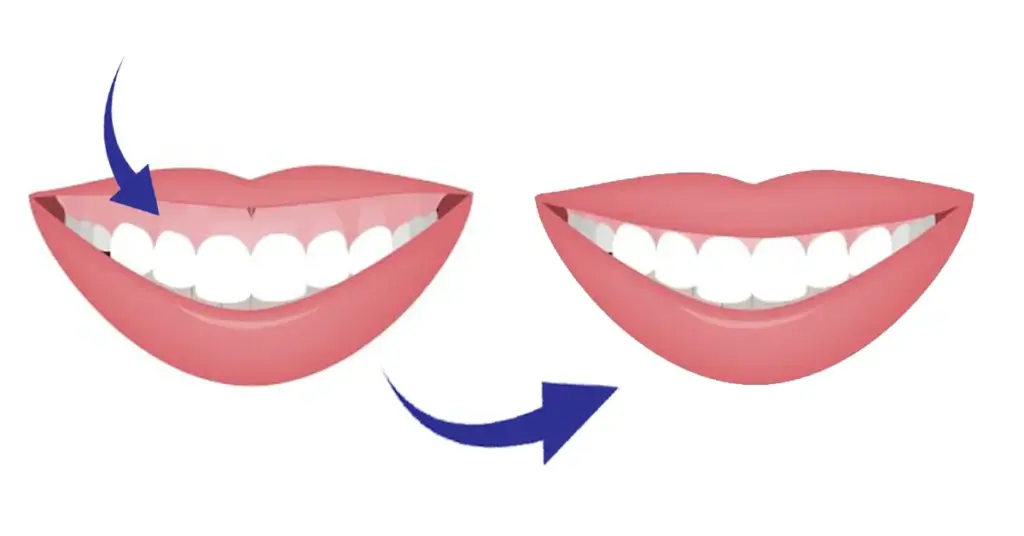
Good hygiene and compliance with instructions are essential for infection prevention. Pain is mild and short-lived in most methods. The likelihood of complications decreases with the right indication and an experienced team. Doctor selection, sterility, and follow-up plan are the main factors determining safety. Written information and photo consent clarify expectations and increase satisfaction. Take notes of your questions throughout the process and share them at each check-up. This allows for proactive risk management.
- Possible effects: sensitivity, temporary asymmetry
- Ways to reduce: correct indication, sterile technique
- Patient’s role: hygiene, compliance with instructions
- Reassurance: regular check-ups and communication
Longevity of results and maintenance
The permanence of results depends on the chosen method and patient habits. The effect of botulinum toxin is temporary and typically diminishes within a few months. Lip repositioning and gum reshaping are more long-lasting. Orthodontic treatment and surgical corrections can provide a permanent framework. However, if gum health deteriorates, aesthetic loss may reappear.
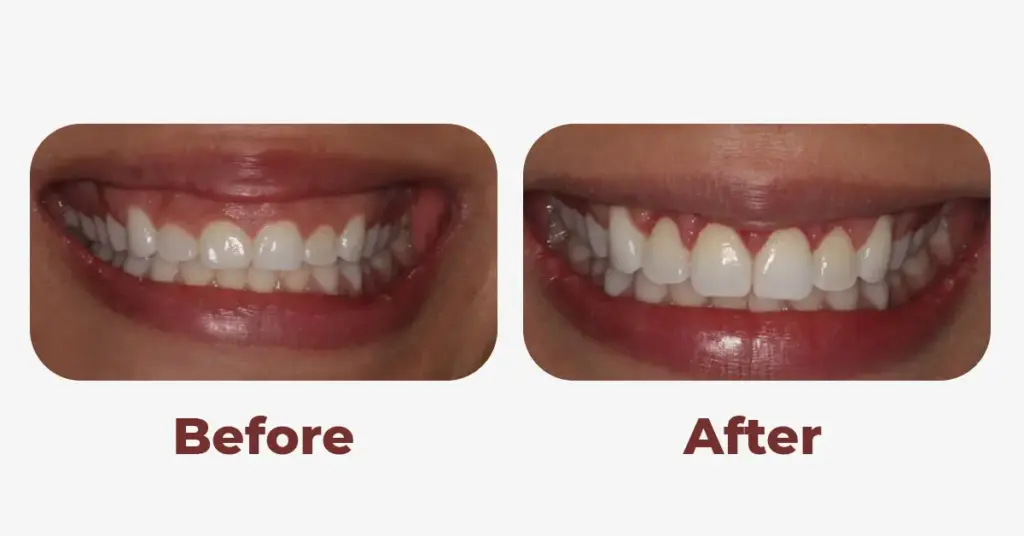
Regular check-ups, good oral care, and a strict hygiene routine are essential. A splint may be recommended if teeth grinding occurs at night. Avoiding smoking and poor oral habits speeds up healing. The goal is a natural and balanced smile; excessive correction is not preferred. Post-treatment photo tracking allows minor deviations to be detected early on. This makes gummy smile and gummy smile treatment results more sustainable.
- Care routine: brushing, interdental cleaning, regular check-ups
- Protective measures: night guard, gum care products
- Lifestyle: avoiding smoking, healthy eating
- Goal: natural, balanced, and sustainable smile

